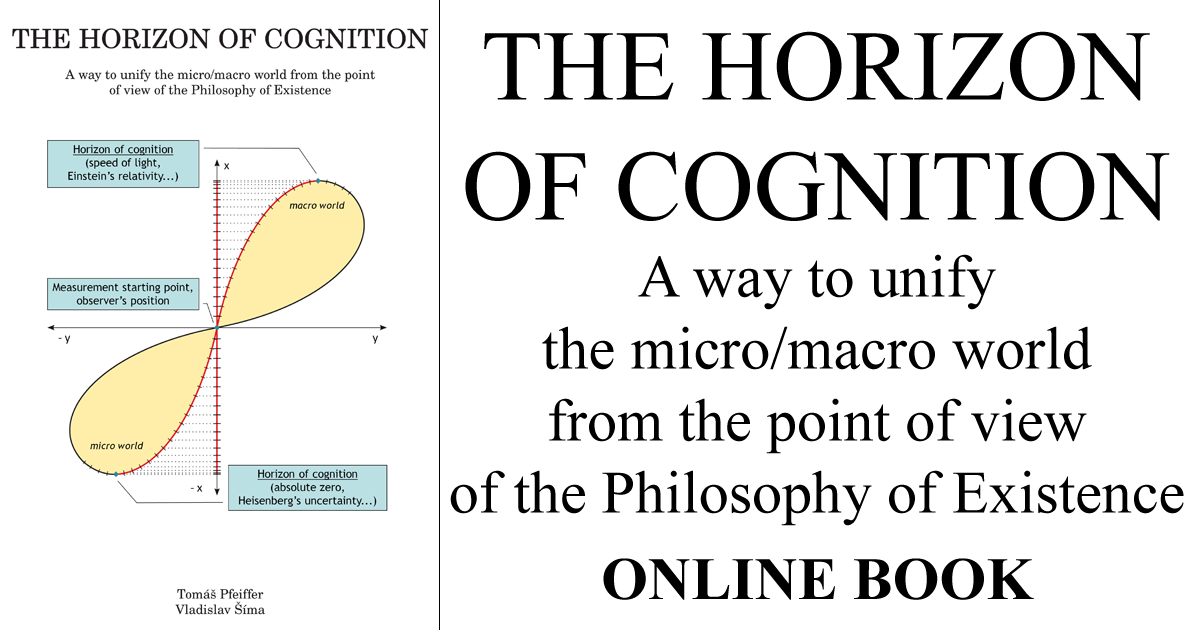Chapter 5
Unifying perspectives
5.3 The theory of everything
Towards the end of his life, Albert Einstein (and many others after him) pursued the idea of a theory of everything (that would describe and unify all known interactions). The equations of such a theory should be able to unify quantum mechanics and the general theory of relativity. However, to date no attempts have been successful and the two appear to be incompatible.- Contemporary quantum mechanics mathematically describes the fundamental interactions in the quantum world through the exchange of virtual particles, bosons, that transfer momentum. This is how the strong, weak and electromagnetic interactions are described. Yet intermediate particles (when mediating an interaction) are not directly observable and are only manifested as energy quanta. Apart from during force interactions, however, these particles (for instance photons used to describe electromagnetic interactions) could be directly detected.
- The general theory of relativity [3] combines three spatial and one temporal dimension into a single four-dimensional spacetime network and describes gravity as its curvature. Gravity slows down time and the manner in which spacetime is curved is given by the constant speed of light in a vacuum. In spacetime, material bodies move (fall) freely along the shortest (most direct) paths and their paths are curves corresponding to the shortest possible spacetime trajectories.
Up until now, unifying attempts have mostly been based on the Quantum field theory and have also tried to explain and describe gravity using virtual particles, gravitons, which, however, have not been observed in any experiments to date. And not even gravitons have made a unified theory possible. The previously mentioned Energy Wave Theory presents an interesting concept, but the fractal view of our world is missing here as well.
From a philosophical perspective, contemporary attempts have been based on our observations of processes at the horizon of cognition. However, these observations are always strongly distorted, related to our consciousness (although in our view entirely real, with all the perceived and observed consequences). Should our base not rather be what the great scientist and philosopher of the last century, Albert Einstein, intuitively understood and mathematically described? After all, even the recent measurement of gravitational waves [56] again confirmed that his ideas were valid and correct.
The general theory of relativity is essentially a non-Euclidean geometry of spacetime (this means it works with its curvature). Even if general relativity does not explain all the observations and processes, if we were to add the thoughts presented in this publication to the general theory of relativity, we may be able to find a way to completely unify all forces and interactions.
For example, it should be possible to describe what we call electromagnetic attraction, which forces negatively charged electrons to orbit positively charged protons in the nucleus of an atom, with the same equations as used to describe Earth’s motion around the sun. They are in fact just two views of the same thing.
Philosophy can show us insights beyond the limits of possible scientific knowledge, but it will never be able to replace scientific knowledge itself. The theory of unified field/universe can thus not be developed by philosophers – only if philosophy and science cooperate can it be developed and proven.
Read more >>

